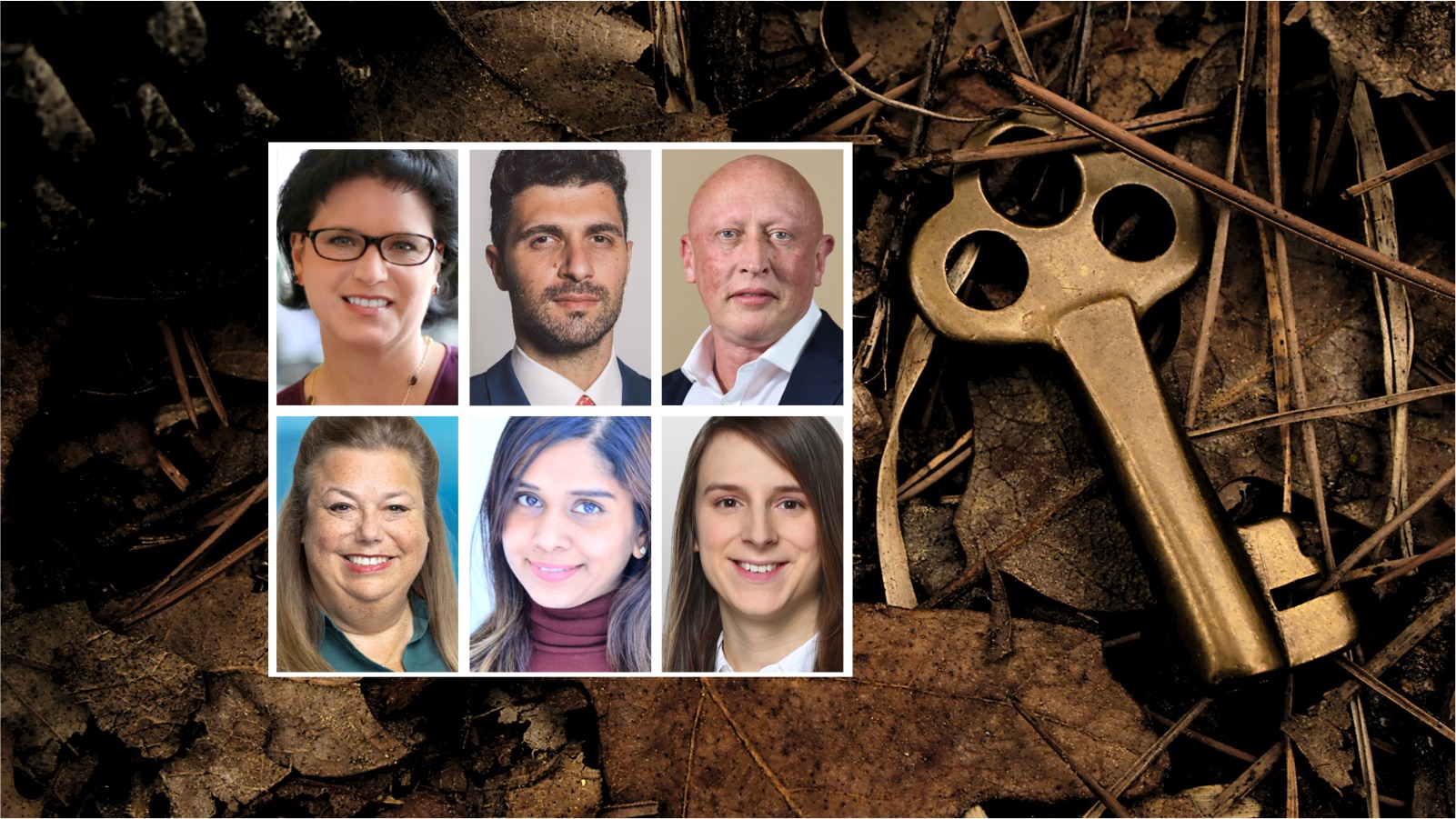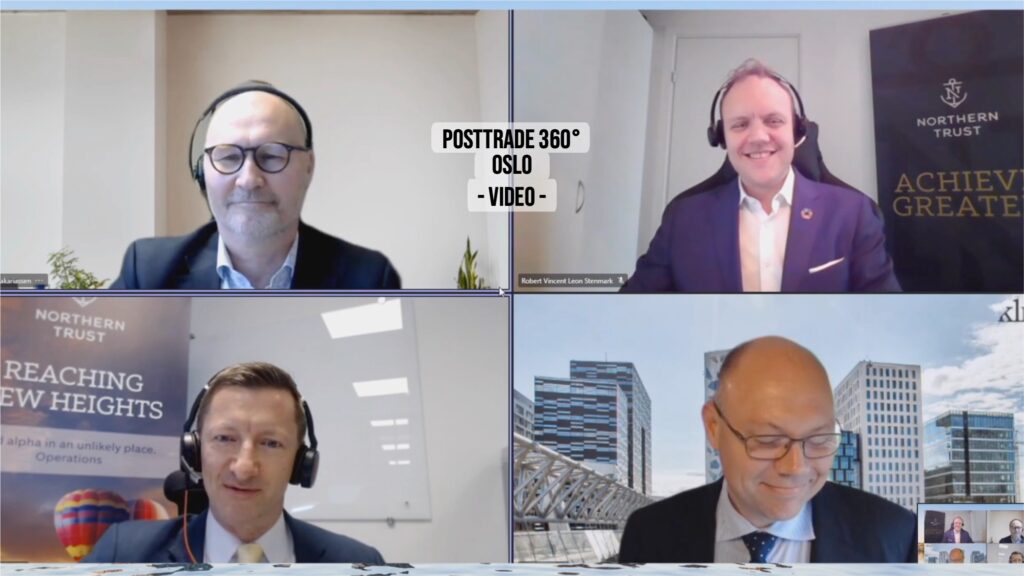Harald Harlem, head of investment management services at KLP Kapitalforvaltning, shared his positive view on basing funds in his home country, as he took part in PostTrade 360° Oslo’s panel on the topic. Aligned with EU regulation, Norway has ironed out almost all the peculiar rules that could be reason to stay abroad in the past. See the half-hour full session video here, and/or read our detailed sum-up.
“From our side, the selection of Norway as domicile is kind of given. This is where we run our operation, and this is where we have knowledge. And I do think that the good dialogue with the authorities is a good contribution in providing a good situation for the industry here in Norway,” said Harald Harlem.
(The white dots in the video player bar will guide you to sections of the session.)
Most of KLP’s 600-billion-NOK asset management deals with its life insurance assets, but funds for external clients amount to 120 billion NOK, across 55 mutual funds with a focus on 25 index funds. The price is an important competitive factor and inflows are strong: 10 billion NOK in 2020 and approaching 5 billion so far in 2021. (Harald described his lean operations in detail in PostTrade 360° Oslo 2020, article here.)
Increasingly similar
Harald Harlem gave his picture against the industry’s background story, which was richly told by Bernt Zakariassen, CEO of The Norwegian Fund and Asset Management Association (VFF). The panel was hosted by two representatives of Northern Trust – KLP’s provider of a recently established depositary service for Norway-domiciled funds: Robert Stenmark who heads the firm’s new Oslo office, and session moderator Struan Malcolm who leads the Nordic sales from Stockholm.
Overall, Bernt Zakariassen painted a picture of determined change over the last decades – moving Norwegian fund regulation from being nationally particular to being well in line with the world around it. The fact that Norway is fully compliant with EU regulation without being an EU member is still sinking in with foreign institutional investors. So some funds might still favour Luxembourg or other domiciles for marketing reasons – but all in all there is a growth in fund holdings across the border, in both directions.
Through systematic and long-term work – largely channelled through VFF – Norwegian funds have experienced a gradual improvement of the domestic fund regulation, Bernt Zakariassen explained. As components, he listed the development of a relatively comprehensive industry regulation, “emphasis on solid arguments in the policy work” and the establishment of good relations with both supervision and ministry.
Still, some gravel in the shoe
“We were able to remove much of this special national regulation that hampered the industry. A particularly important breakthrough was when they finally gained acceptance that the fund management companies could offer the products within both the second and the third pillar of the pension system,” said Bernt Zakariassen.
With all these todos ticked off, a small number of regulatory differences – gravel in the shoe – still deserve action. Bernt Zakariassen mentioned the requirement for creating share classes, techniques for efficient portfolio management, and what is known as gating.
“All these issues have been raised by us to the Ministry of Finance and we do expect and hope that we will soon get support for our proposal.”
Two funds from Ireland in 2008
Harald Harlem of KLP agreed with Bernt Zakariassen on many levels, and pointed to his own company’s experience as evidence:
“We did run two hedge funds in Ireland a number of years back, and when we chose to relocate them in 2008, it was actually provided on the new special fund legislation that came into force and we launched the two first Norwegian-domiciled hedge funds at that point. I think the experience we had both with the service providers, such as Northern Trust and at that point Handelsbanken, and with the authorities, were key. So from our perspective, running a fund shop in Norway works very well. But Bernt’s points are generally valid for us as for others.
Next: ESG
In the subsequent questions-and-answers, conference host Göran Fors asked what trends can be spotted in terms of fund types and asset classes.
“I think the demand for ESG products will continue to rise. I think the generations that are becoming adults are far more conscious around ESG. And I think that providers of ESG related products will have greater success than any others,” Harald Harlem responded.
Nothern Trust’s Struan Malcolm concurred:
“All of the Nordic banks and investors are increasingly focused on alternative investments and they have to be ESG focused. They are also very focused on trying to give the broader population access to these asset classes as well, to help them diversify by setting up fund structures that enable smaller investors to come in and get access. Because hitherto, those have been reserved for investors with the ability to do higher initial investments. So I think we will continue to see that growth in alternatives over the coming years.”













